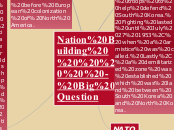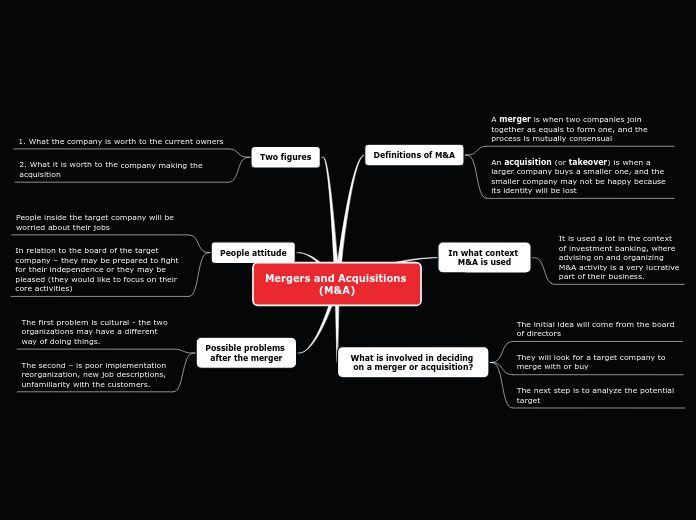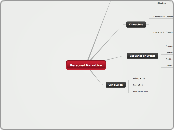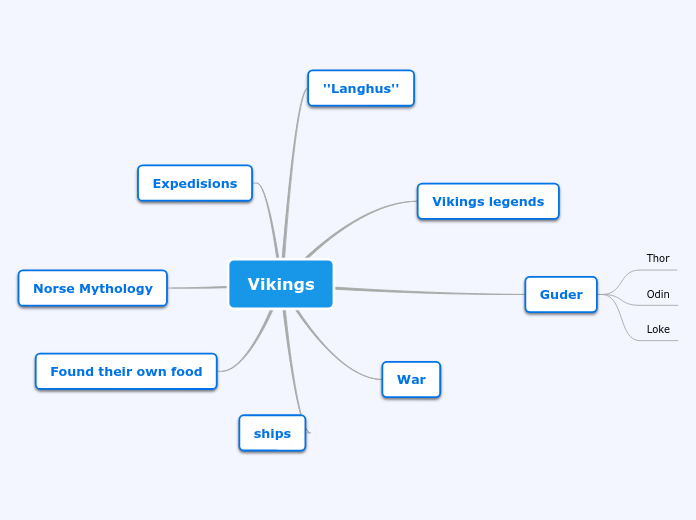par Sandhu Aman Il y a 7 années
264
Portfolio #3
The Korean War was a significant conflict between North and South Korea, beginning on June 25, 1950, when North Korean forces crossed the 38th parallel, the dividing line between the Soviet-backed North and the Republic of Korea in the South.









